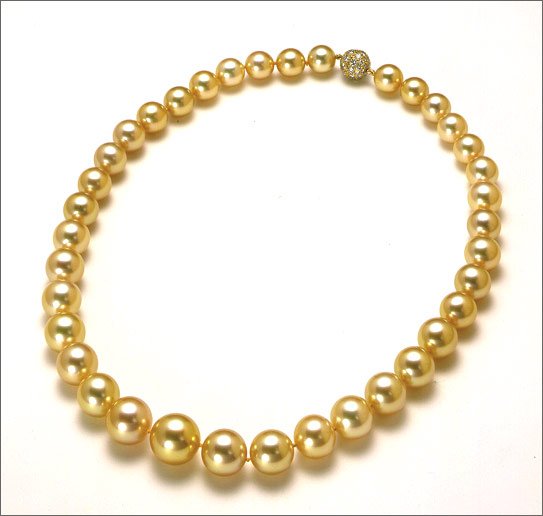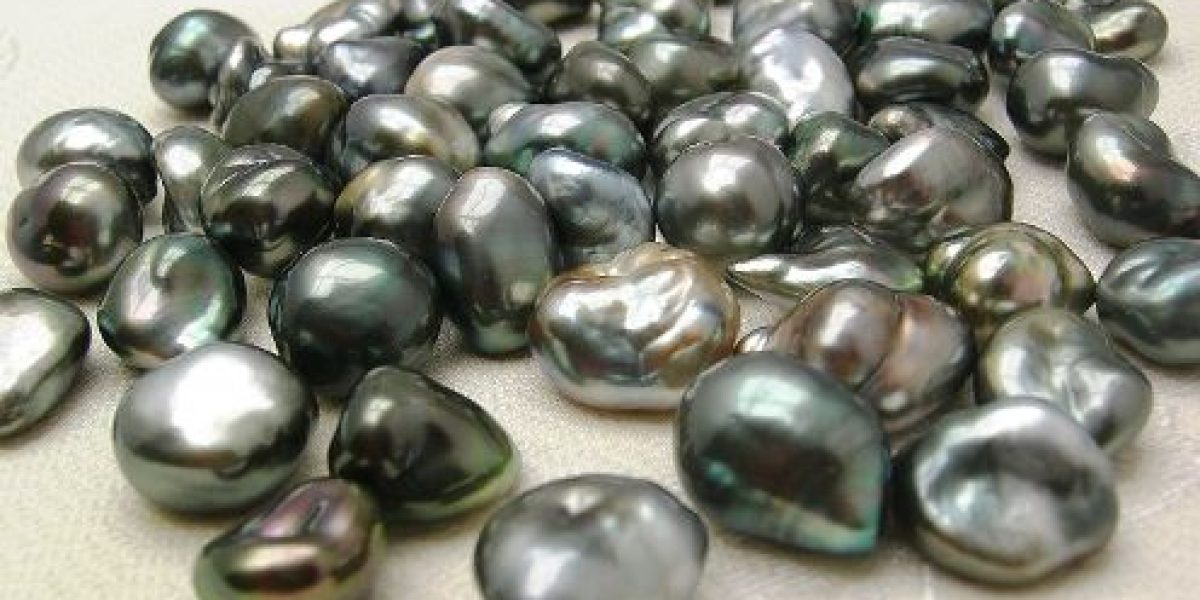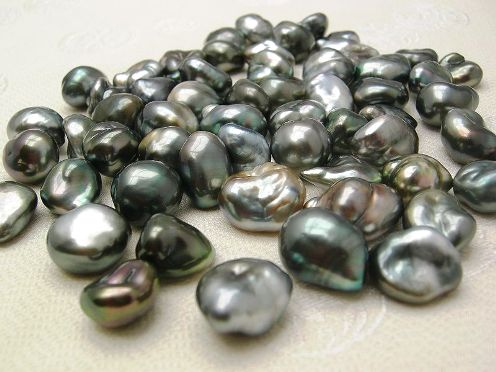

Since any gemologic investigation can scientifically define if an akoya pearl was cultivated in the Japanese Seas or Eastern China ones (on the contrary of its nature, if it has a nucleus, fresh water or salt water, multilayered, ecc.) it’s really to even create any type of branding on regular basis.
But the operator don’t have to be deceived by its geographic origin, leading him astray from its observation because, even if chinese pearls are on average of inferior quality, they often surpass the japanese ones, mainly on measure – which can go up to 7-7,5 mmin diameter -, so it is wise to be guided only by universally accepted parameters to determine the quality of a pearl: thickness of nacre, form, color, imperfections, measure and composition of the strands.

A great support from the public administration and huge economical founds have participated in the ’90s to make hundreds and hundreds of new companies bloom in China, bringing some changes and discoveries in this fruitful field: the cultivation of the Cristaria Plicata is abandoned (because of the insufficent roundness of its fresh water pearls) which is replaced by Hiripsis cumingii, more profitable because able to bear many pearls at the same time.
Given the vertiginous amount of pearls produced by the chinese companies (1600 tons in 2007), the operators have immediately been drawn to think that the generic name of chinese pearls would classify indiscriminately low quality cultivated salt water and fresh water pearls, negletting the small percentage of hight quality found among them, at South Sea pearls’ level.
Nevertheless fresh water pearls have rapidly become famous on the market in the latest 10 years, reaching vertiginous measures (13 mm) and exploiting some particular treatments which are applied to the pearls – like all the other gems which compose the gemologic pantheon – to improve their aspect and color.
But the tahitian pearls shake the pearl market, the demand rises up and here the silver nitrate makes its apperance, giving to the low and medium quality fresh water pearls a delicious dark color, being able to copy the tahitian color.
Beside this method there is the gamma rays exposition: the colors changes from grey to blue for the fresh water pearl, while for the salt water one can be darker and metallic with a beautiful superficial iridescence; at last there’s the scarsely used covered treatment.
Similar Posts

Copyright © 2022 Adriano Genisi
VAT n° IT03492950245 – n° REA VI-329782